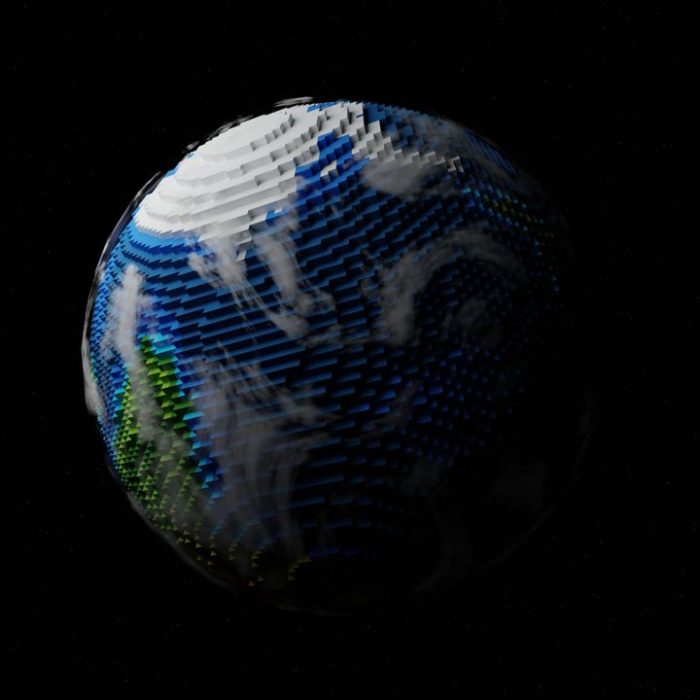
The study “Pixel politics and satellite interpretation in the Syrian war” by Fiona A Greenland from University of Virginia contributed to the neglected area of pixel studies by combining an empirical study with theorizations situating the pixel within a hermeneutical circle.
The pixel is the smallest controllable unit in digital images. Pixels combine to make a comprehensible image for the human eye. The popular comprehension is that pixels are small squares of color, but technically they are point samples. There is hermeneutical significance here, as the value of the pixel changes between the computer domain (point sample) to the human eye (square of color).
In this paper, the author seeks to understand pixels as meaning-making devices, and to contribute to applying hermeneutics to digital visual culture. Hence, there is an empirical part consisting of an ethnographic study revolving around the Syrian war (2011-2017).
The data comes from a multi-year study of interdisciplinary collaboration. The author followed spatial data (satellite images) as they moved between machines, technicians, and archeologists. The moving consisted of three stages: from ‘Detectors’ to ‘Analysts’ to ‘Decision Makers’. These were the interview participants in the study, with some straddling positions and thus being referred to as ‘Detector-Analysts’ or ‘Analyst-Decision Makers’ appropriately.
Looter’s pits, that is, illegal excavations to find artifacts, were under study in the satellite pictures that the participants had analyzed. These are difficult to spot in the satellite images, even by the trained eye.
When it comes to pixel hermeneutics, the findings of the study demonstrate that, as the author notes: “the pixel is a supple cultural artifact and has meaning-making capacity that sits outside the textual register”. Pixels are resignified to accord with the analysts’ social and cultural understanding. Some held the position that pixels, as pictures speak for themselves. This was challenged by the instrument designers and detectors.
The issue is hermeneutic because of the recursive and textualized nature of the meaning-making with, behind, and through the pixel. The author concludes that thinking through the pixel shifts the process to the smallest possible register for imagining the complexities of social life.
The article “Pixel politics and satellite interpretation in the Syrian war” by Fiona A Greenland is in Media, Culture & Society. (free abstract).
Picture: Untitled by SIMON LEE.
License Unsplash.